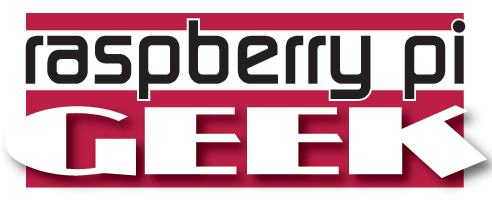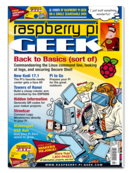Smells Like Maker Spirit
Rita Sooby
The maker movement just keeps getting stronger, and open hardware and software are right in the middle, combining electronics, code, construction kits, and bits and pieces of whatever's in the spare parts bin to create something new or remake something old.
The maker movement just keeps getting stronger, and open hardware and software are right in the middle, combining electronics, code, construction kits, and bits and pieces of whatever's in the spare parts bin to create something new or remake something old.
In case you haven't already plunked down 35 whole dollars to get a new, faster Raspberry Pi 2 Model B (RPi2B), we give you the lowdown on its capabilities. Next, we compare the RPi2B with the Odroid-C1 to discover the strengths and weaknesses of both small-board computers.
Our authors keep finding great add-ons for the Raspberry Pi. This time around, we look at the PiFace Control and Display unit, which adds input switches, an IR receiver, and a two-line alphanumeric display right on top of the Pi. Another useful module that piggybacks on the Rasp Pi is an uninterruptible power supply that shuts down your computer gracefully when the electricity goes off. If you've ever wanted to track moving objects, check out the Pixy camera connected to a Rasp Pi. We also show you how to plot the movements using Mathematica.
[...]
Use Express-Checkout link below to read the full article (PDF).






